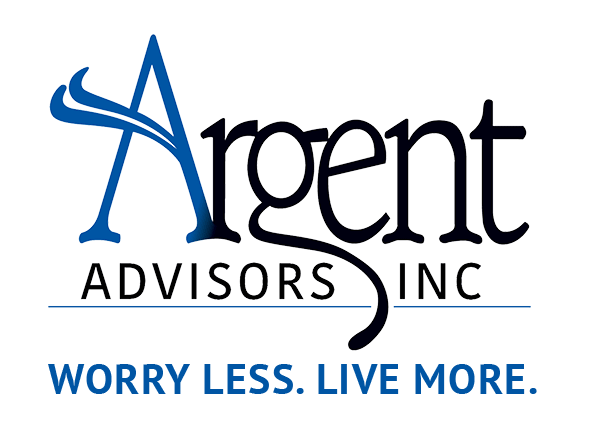Don't Settle for a Retirement Plan - Part 2
Last week I suggested that you not settle for a specific retirement product just because it carries the right label.
Just because something is labeled a “retirement plan,” doesn’t mean it’s the only way to fund your retirement, nor does it mean it’s really a plan. Don’t hear me saying that you never should use one of these. Just examine it as one of the many potential tools that you can use as you design your own retirement plan, strategy or structure.
You should think of a real retirement plan (a strategy or a structure) the way that a coach thinks of a game plan – he probably has a highly choreographed action plan in case everything goes right. But there better also be plenty of contingencies in case of unexpected difficulties. What if a player gets injured? Or what if the other team’s defense is particularly effective against your offensive game plan? What if you’ve got to play catch up late in the game?
In game planning, a football coach has to prepare his team for things to go right during the game and for things to go very, very wrong.
In the financial game of life, preparation for both success and difficulty should also receive equal energy and emphasis.
What’s the secret to that kind of preparation for the unknown? Diversification.
But be careful if you think that you’re familiar with what “diversification” means. You’re probably going to have to expand that definition a bit.
I contend that diversification is the core offering of any financial institution.
In the world of investing, most people know that it’s a bad idea to invest all your money in one single company. Now, some have done that, but it doesn’t seem to be a very good idea. The risks (if something goes wrong) are just too great. So mutual funds offer investment diversification by owning shares in many, many different companies, hopefully across a broad spectrum of industries and business types.
In the world of banking, the offering is diversification of demand. Not all savers want access to their money at the same time, so banks can take most of the money deposited with them and loan it out to borrowers. This gives savers what they want (which is a safe place to keep their money) and borrowers what they want (which is access to those savings deposits).
Now, in the world of risk management, insurance companies offer a combination of financial and actuarial diversification. Events whose frequency can accurately be predicted among a large group of people, but whose consequences would be devastating to any single individual, can be comfortably spread out over those very large numbers. Thus, the financial risks of dying too soon or getting too sick or living too long can be sufficiently reduced so as to no longer be a looming disaster for any single family.
I prefer the term “retirement structure” to “retirement plan.” And in my book, a sturdy retirement structure will allow you to maximize your enjoyment of your wealth while minimizing the risks to that wealth.
It shouldn’t be a single product, or even a collection of products. It should be a carefully orchestrated use of protection (that’s insurance), savings (that’s banks) and growth (that would be investment mutual funds and other investment vehicles), working together synergistically.
Don’t settle for something labeled “retirement plan” when preparing for your retirement.
Work with a coach who can help you design your own retirement structure flexible enough to handle whatever circumstances come your way.
And the key to that preparation is diversification, of all kinds.
Offering you Wisdom on Wealth, I’m Byron Moore.
Argent Advisors, Inc. is an SEC-registered investment adviser. A copy of our current written disclosure statement discussing our advisory services and fees is available upon request. Please See Important Disclosure Information here.

